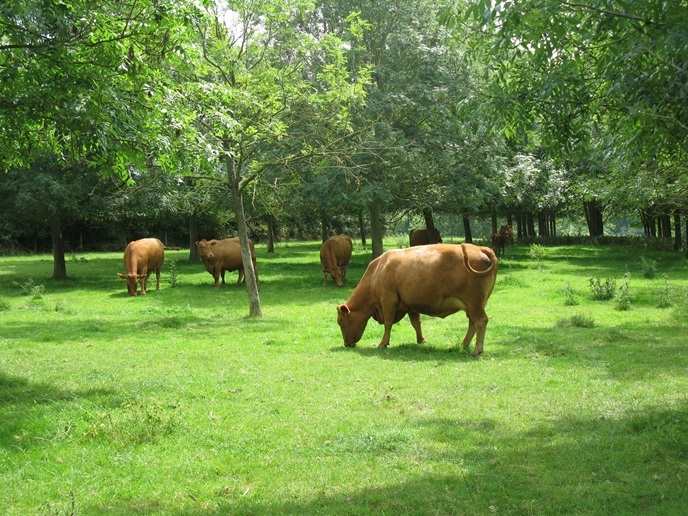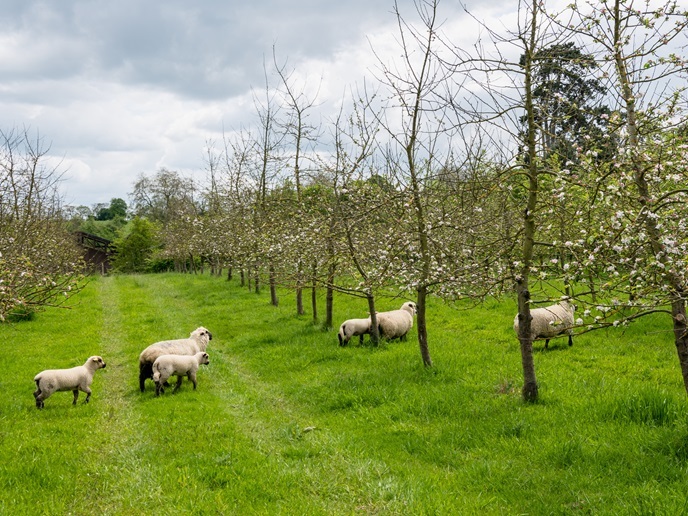The variability within tree species
Increasing evidence shows that biologically diverse communities are more stable than poor-species ones; a key aspect under the climate change scenario. However, biodiversity (or variability of life) may be relevant not only regarding different species, but also among individuals within a species, the so-called intraspecific variability. The EU-funded DIVERFOR (Functional implications of inter- vs. intraspecific trait diversity in European forests) project studied the extent and role of this variation within a species, commonly neglected in diversity studies. In other words, the aim was to assess how much of the total variation in plant communities occurs within a single species in comparison to the differences among coexisting species. The work focused on some dominant trees in three important types of European forests: boreal, mixed temperate and Mediterranean forests. The team used a functional approach to diversity, by measuring the variability in leaf and architectural traits (that is. characteristics related to important physiological process), in hundreds of trees and thousands of leaves collected in Spain, Romania and Finland. Analysis showed the importance of intraspecific variation as a portion of total variation (total functional diversity). In some cases, this variation within a species accounted for more than 50 % of the community total. Secondly, the team concluded that trees respond, not only to climatic and other environmental conditions, but also to the species richness of neighbours. Hence, trees of the same species showed different characteristics when grown among individuals of their own species compared to those grown in mixed stands. Such variation may confer on a species more chances to cope with environmental fluctuations and disturbances. The DIVERFOR project represents a starting point for further studies. The new insights may assist managers and policymakers to protect forests in the future.







